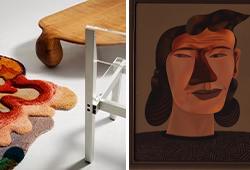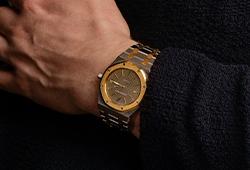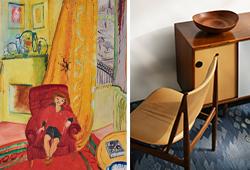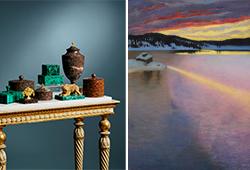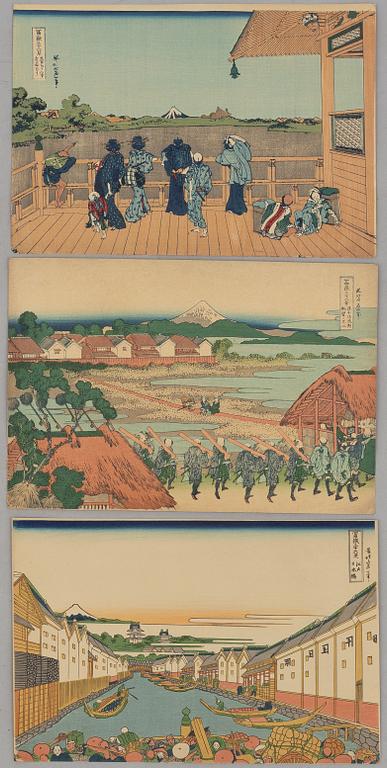Katsushika Hokusai, after
Katsushika Hokusai, after, from the series 'Thirty-six Views of Mount Fuji', 20th century.
Three woodblock prints after designs in the famous series "Thirty-six Views of Mount Fuji" 富嶽三十六景 (Fugaku Sanjūrokkei).
"23 Sazaidō at Gohyakurakan Temple" 五百らかん寺さざゐどう (Gohyakurakan-ji Sazaidō).
"31 Nihonbashi in Edo" 江戸日本橋 (Edo Nihonbashi).
"A View of Mount Fuji from the Pleasure District at Senju" 従千住花街眺望の不二 (Senju Hana-machi yori chōbō no Fuji).
Sheet sizes c. 26.5 x 37.5 cm.
Not framed.
Artist
Katsushika Hokusai (1760-1849) is considered one of the greatest artists in Japanese history, and one of the important masters of the Japanese woodblock print. He was the son of the mirror maker Nakajima Issai and was born in 1760 into a family of craftsmen where he reportedly started drawing as early as six years old. Trained as a woodcarver, Hokusai was an apprentice to the artist and printmaker Katsugawa Shunsho, but was forced to quit seven years later as he had his own ideas about art. Hokusai questioned the strict Japanese principles for images and tested new techniques and perspectives and was not recognized until his 40s. He created the series 'Fugaku sanju-rokkei' (Thirty-Six Views of Mount Fuji), between 1830-1832, over seventy years old. The series actually consists of 46 views, including the world famous 'Under the waves off Kanagawa'. Hokusai's pictures came to Europe, along with the works of other Japanese woodcut artists, in the latter part of the 19th century and came to influence many of the Western world's most important artists.
Read more












